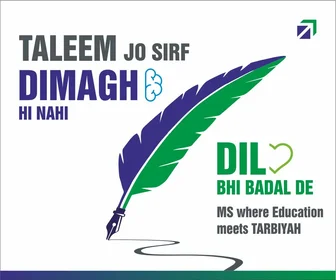
The Sunday evening terror attack in Gagangeer in Central Kashmir which left seven civilians, including a local doctor, dead, was not yet another terror attack in the genre of such attacks to which Kashmir has been witness for the past 35 years. It sought to damage the image of Kashmir that it had gained in the past few years. This challenge can be met only with the help of the people and a united response by the security agencies and civil administration.
It is important to understand that this terror attack was a manifestation of so many objectives that terrorists have been pursuing ever since they started their activities in the Valley in late 1989 – to challenge the writ of the state, instill fear, strike at the development projects, and force migration of non-locals, as also to bring tourism sector under the shadow of fear.
The timing, place and targets say it all. This was an attack at the construction site of the Z-Morh tunnel that on its completion will reduce the distance between Kashmir and Ladakh, facilitate hassle-free movement of tourists round the year, promote winter tourism, as also to boost trade activity.
Terrorists chose to strike at a time when the newly elected government led by Omar Abdullah was in its fifth day in office – it had taken oath on Wednesday-October16- and India was celebrating the revival of democracy.
Those killed in the attack were a mix of local and non-local Muslims, Hindus and Sikhs. So it did not fall in the category of the attack on non-locals. In the post–Article 370 abrogation, the killings have been mostly that of non-locals. This was the first such attack in which all communities and locals and non-locals became targets.
At the moment, the identity of the terrorists is unclear, though the methodology suggests that the directions came from across the border. It was essentially to deliver a chilling message that none , whether locals or outsiders were not safe in the Valley. This has been read by the locals and they have condemned the strike with all the outrage available with them.
The funeral procession of Dr. Shahnawaz in his home village in Budgam, attended by thousands rented the with slogans “stop killing of innocents”. The term innocence, in this context, was for all the victims, without any distinction between Kashmiri Muslims and non-Muslims. This is a narrative that Kashmir to which Kashmiris have always given a loud voice, but there always was an element of skepticism. There also was a hesitancy on the part of Kashmiri politicians to avoid using the word terrorism. But Apni Party Chief Syed Mohammad Altaf Bukhari came out openly against this “terror attack”, without mincing words
He said in a most candid manner that “this terror attack appears to have been carried out to disrupt the prevailing peace in Jammu and Kashmir. Such senseless violence only brings misery and tragedy to the people, who have already endured immense suffering in terms of facing deaths and destruction over the past three decades. They cannot bear further bloodshed and destruction on this soil. After years of conflict, J&K needs sustained peace and stability, and the people desperately require solace and relief.”
Apni Party president urged “the security agencies to ensure the perpetrators of this heinous attack are nabbed and brought to justice.”
The mood in Kashmir has changed, but to sustain that it is necessary that all the designs of the perpetrators of this heinous crime are foiled, with their being brought to justice as one of the steps. The security agencies and the administration need to instill confidence and convey a wider message that everyone, including non-locals and tourists are safe in this land which has seen transformation in the past five years. It is the joint responsibility of Lieutenant Governor Manoj Sinha who controls security agencies and of Chief Minister Omar Abdullah who has control over all other levers of power in J&K
.


